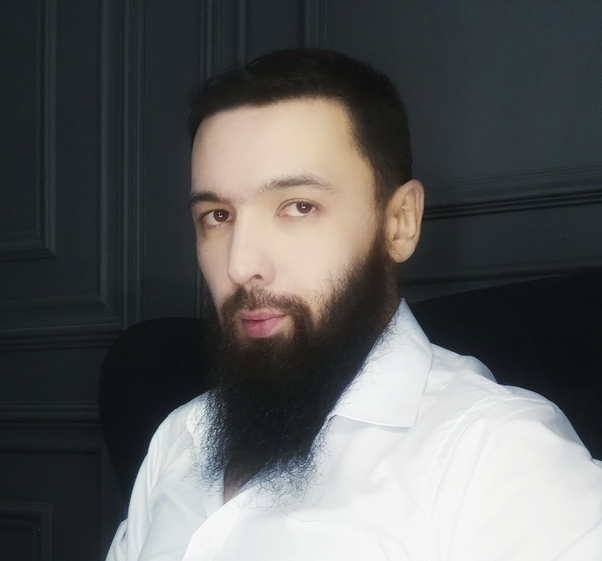
Throughout history, the mysterious and arcane arts of magic have seduced, mystified, and terrified civilizations. From contemporary occult movements to New Age spiritualism, modern magic has evolved into a global subculture. But beneath the surface of tarot cards, ritual circles, and esoteric literature lies a far older origin—one buried deep in the sands of Babylon and whispered through sacred scripture. The story of Harut and Marut, two angels mentioned in Islamic tradition, forms one of the most profound and controversial foundations for the world’s magical legacy.
WHO WERE HARUT AND MARUT?
In the Qur’anic account, Harut and Marut were two angels sent down to Babylon during a period of widespread corruption. According to Surah Al-Baqarah (2:102), these angels were a divine test for humanity, teaching people magic while explicitly warning: “We are only a trial, so do not disbelieve.” Yet despite the caution, people embraced their teachings, misusing them to create chaos—most notably separating husbands from wives.
What’s vital to grasp is that Harut and Marut did not initiate magic; they acted as conduits of divine knowledge, meant to expose human weakness. This paradox—that forbidden knowledge was offered under divine supervision—cements their story as a central axis between the sacred and the profane. And it is precisely this tension that modern magical systems inherit.
MAGIC AS ANCIENT TECHNOLOGY
To understand how their teachings influenced the modern magical tradition, we must see magic not merely as fantasy, but as an ancient form of spiritual technology. In many esoteric schools—Hermeticism, Kabbalah, and the Western mystery tradition—magic is defined as “the art of causing change in conformity with will”. This echoes the kind of knowledge Harut and Marut imparted: ritual structures, incantations, sigils, and practices meant to manipulate subtle realities.
It is no coincidence that Babylon, the geographic setting of their descent, became the symbolic epicenter of occult knowledge. From Babylonian astrology and Sumerian demonology to Jewish mysticism and Chaldean magic, this region birthed frameworks that modern magicians still draw upon today.
The Harut-Marut Legacy in Western Esotericism
When tracing modern magic’s lineage, several influential traditions stand out:
1. Hermetic Magic – Originating in Hellenistic Egypt but deeply inspired by earlier Semitic lore, Hermeticism draws from a syncretic pool of Greek, Babylonian, and Judaic teachings. The knowledge of Harut and Marut—often interpreted as celestial, angelic wisdom corrupted by human desire—mirrors the Hermetic idea of fallen wisdom: knowledge once divine, now obscured.
2. Kabbalah – Jewish mysticism, particularly the Lurianic Kabbalah of the 16th century, speaks of angelic hierarchies, divine emanations, and the manipulation of names and letters to access spiritual dimensions. The idea that angels once taught humans sacred names and hidden powers aligns uncannily with the Harut and Marut narrative.
3. Solomonic Magic – The grimoires attributed to King Solomon, such as the Key of Solomon and the Lemegeton, describe how spirits and demons can be summoned and commanded using ancient symbols. While these texts are not Islamic in origin, the underlying assumption—that celestial beings once shared forbidden knowledge with mortals—reflects the same core mythos.
Magic, Free Will, and the Test of Desire
The spiritual function of the Harut and Marut story is often overlooked. It is not a celebration of magic but a warning: knowledge is neutral, but humans are not. The angels became symbols of divine knowledge filtered through human weakness. When modern practitioners engage with magic today—whether through spellwork, energy manipulation, or occult study—they are, knowingly or not, repeating a test as old as time.
This is where the ethical dimension of modern magic becomes crucial. The Harut and Marut story implies that forbidden knowledge is not inherently evil, but dangerous in the wrong hands. In today’s era of decentralized information, magical texts and rituals once hidden behind closed temple doors are now one click away. The test continues.
WHY THIS MATTERS TODAY
In the 21st century, the esoteric is no longer marginal. Astrology apps have millions of users, interest in tarot and witchcraft has skyrocketed, and occult symbolism saturates music videos, fashion, and art. Beneath the aesthetics, however, lies a serious metaphysical current.
Understanding that this wave of magical revival traces back to a sacred and perilous moment in ancient Babylon grants practitioners and observers alike a deeper perspective. It forces us to ask: Are we merely playing with symbols, or are we reenacting the ancient test of Harut and Marut?
MAGIC AS A MIRROR OF HUMAN SOUL
Modern magic is not a recent invention—it is an echo of mankind’s oldest encounter with divine knowledge. The story of Harut and Marut reveals that the roots of magic are entwined with moral challenge, celestial descent, and human desire. Whether you view magic as empowerment, rebellion, or heresy, its essence remains unchanged: a reflection of our longing to control, to understand, to ascend.
To approach magic without understanding its origins is to wander blind through a labyrinth of symbols. But to study its forbidden beginning is to stand at the threshold of sacred knowledge—where every spell, ritual, and invocation carries the weight of an ancient choice.

